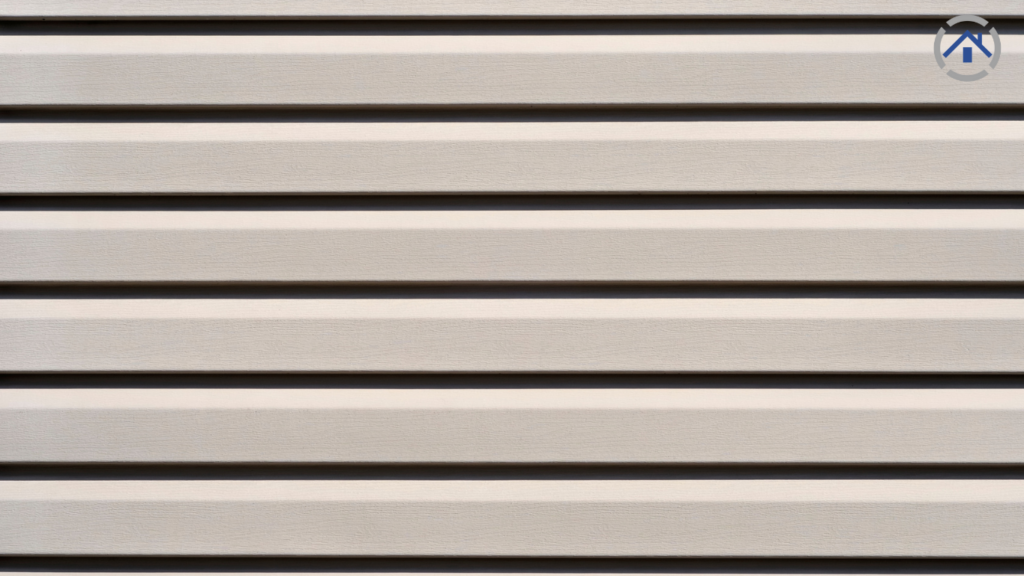
Your house's siding and roof keep you safe from weather like rain, snow, and heat. But most people forget about siding until there's a problem. Some materials, like vinyl, last a long time with little care. Others need more attention. Different siding needs different upkeep, but all kinds benefit from regular maintenance. This helps your siding last longer and stay looking nice. So, we've written a guide on keeping your siding in good shape. That's why in this article, we will answer the most common question about "How do I protect my vinyl siding investment?
Protecting your vinyl siding investment is crucial, considering that residing in your home can be a significant expense. One key factor to consider is the thickness of the siding. Siding thickness typically ranges from .038 to .055 inches. Opting for a thicker siding, preferably at least 0.046 inches, is essential to prevent sagging over time, reduce susceptibility to cracking, and enhance resistance against wind and hail damage. Emphasizing thickness is key to guaranteeing the long-term durability and structural integrity of your vinyl siding. This approach ensures that your siding can withstand various environmental factors and maintain its quality over time.
Protecting your home's siding is vital to maintaining its structural integrity and preserving your property's value. One of the key steps in this process is to remain vigilant for any signs of damage. Regular inspections allow you to detect issues early and address them promptly, minimizing potential long-term damage.
Here are some common types of damage to watch out for:
By staying attentive to these potential issues, you can take proactive steps to safeguard your home's siding and prevent further damage.
Opting for lighter colors when selecting vinyl siding for your home offers more benefits than just aesthetic appeal. Lighter shades not only contribute to lowering your energy bills but also provide protection against UV fading over time. Unlike darker colors that tend to absorb more heat and are prone to fading, lighter colors reflect the sun's rays, reducing the amount of heat absorbed by your home.
This not only helps in maintaining a comfortable indoor temperature but also extends the lifespan of your siding by minimizing sun damage. Therefore, choosing lighter colors for your vinyl siding is a smart and practical choice that offers both energy efficiency and long-term durability.



Vinyl siding, a popular choice for many homes due to its affordability and low maintenance, can sometimes be susceptible to melting under specific conditions. This typically occurs when concentrated sunlight reflects off surfaces, such as energy-efficient windows, onto the vinyl siding. If your home is situated next to a property with south-facing low-E glass windows, and the angle of the sun is just right, it can create a magnifying effect, redirecting the sun's rays onto your siding like a laser beam. When the heat surpasses 165 degrees Fahrenheit, the vinyl can begin to melt and warp. This phenomenon is more likely to happen when the sun is lower in the sky.
To prevent your vinyl siding from melting, there are a few easy steps you can take. One helpful tip is to tint your neighbor's windows. This might sound strange, but it can actually reduce the sunlight's glare that gets reflected onto your siding, lowering the risk of melting. It's a simple solution that can make a big difference.
Another important thing to remember is to keep any open flame sources, like grills, smokers, or fire pits, at least 5 feet away from your siding. These sources can give off a lot of heat, which can cause your vinyl siding to melt if they're too close. By keeping them at a safe distance, you can protect your siding from damage.
By following these preventive measures, you can keep your vinyl siding safe from potential melting and ensure it lasts a long time. It's all about being proactive and taking simple steps to protect your home's exterior.
While regular upkeep and preventative steps are helpful in safeguarding your vinyl siding, there are times when seeking help from professionals becomes necessary. If you notice extensive damage like big cracks, severe warping, or significant melting that you can't handle yourself, it's best to consult experts.
Professionals can offer valuable guidance and aid if you're unsure how to prevent or fix issues with your siding. They can conduct thorough inspections, carry out repairs, and provide advice on maintenance to ensure your vinyl siding stays in great shape, boosting your home's appearance and value.
It's crucial to maintain and protect your vinyl siding all year round to ensure it lasts longer and keeps your home looking great from the outside. By following the tips mentioned above, you can keep your siding in top condition. Make sure to regularly take care of your siding and ask for professional help if needed to avoid expensive damage caused by neglect. Remember, by looking after your vinyl siding, you're not just keeping your home safe but also making it more attractive and valuable.